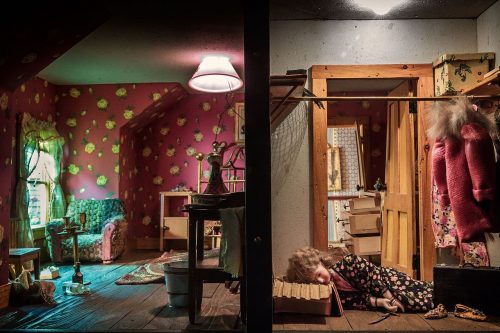What We’re Reading: Paige Woodhouse

This post was written by JMM School Program Coordinator Paige Woodhouse. To read more posts from Paige, click here!

The Nutshells, crafted miniature crime scenes created by Frances Glessner Lee in the 1940s/50s, are still used as teaching tools at the Office of the Chief Medical Examiner in Baltimore. The exhibit put us in the shoes of an investigator (magnifying glasses and all) to see if we could decipher what took place in these doll-house sized crime scenes. The two of us still talk about this exhibit.

This exhibit left a lasting impression. I love a good mystery. Whether it’s a good old-fashioned whodunit, cozy armchair detective, or page-turner suspense, I enjoy the challenge of trying to solve the puzzle before the author’s big reveal. But there was no big reveal with the exhibit. The solutions remained a secret. My sister and I continued to discuss possible solutions to these mysteries for weeks after our visit. In addition, I wanted to know more about Lee’s life beyond the Nutshells. And I was curious about how the Nutshells, originally made for Harvard, ended up in Baltimore. Earlier this year, 18 Tiny Deaths: The Untold Story of Frances Glessner Lee and the Invention of Modern Forensics was published by Baltimore’s Bruce Goldfard. I jumped on the opportunity to dive deeper into her story, the mysterious nutshells, and the connection to Baltimore.
Interested in this extraordinary woman, her role in forensic science, and the Nutshells that have captured my attention for years? You can explore the Nutshell Studies of Unexplained Death in VR on your mobile device.
